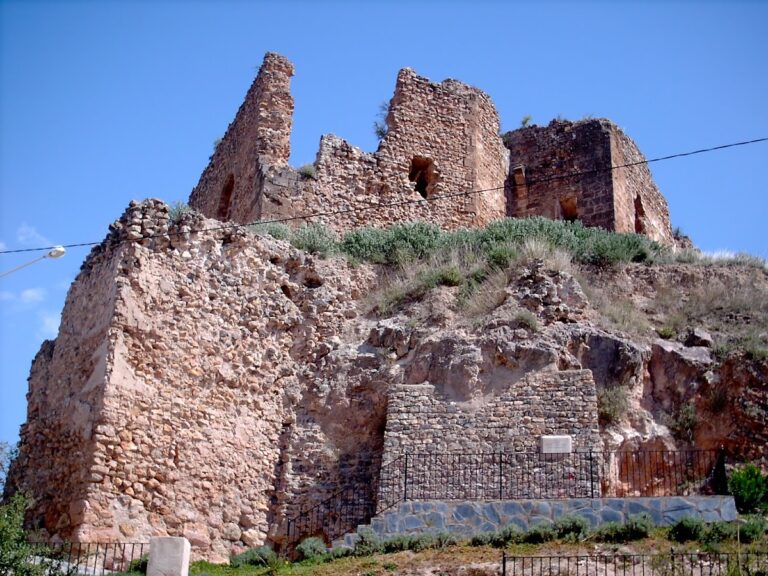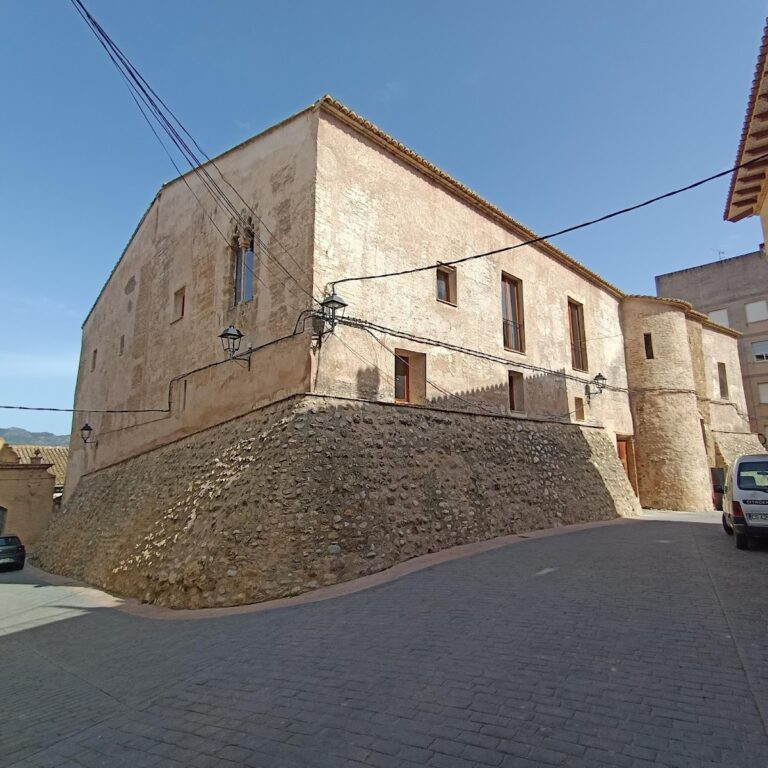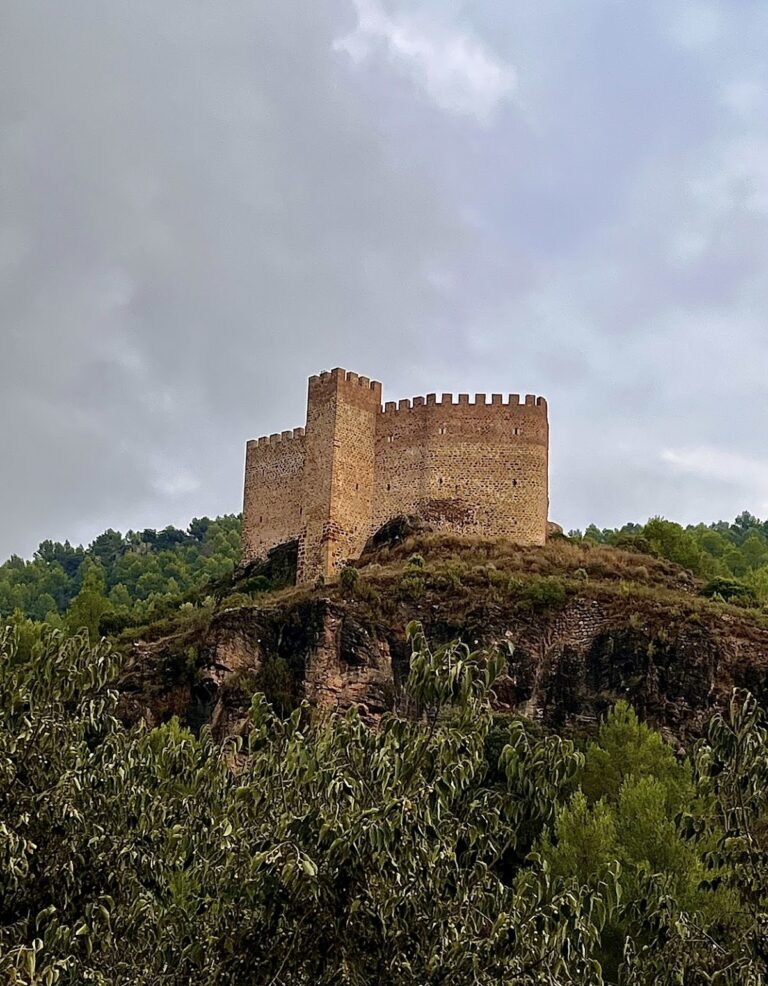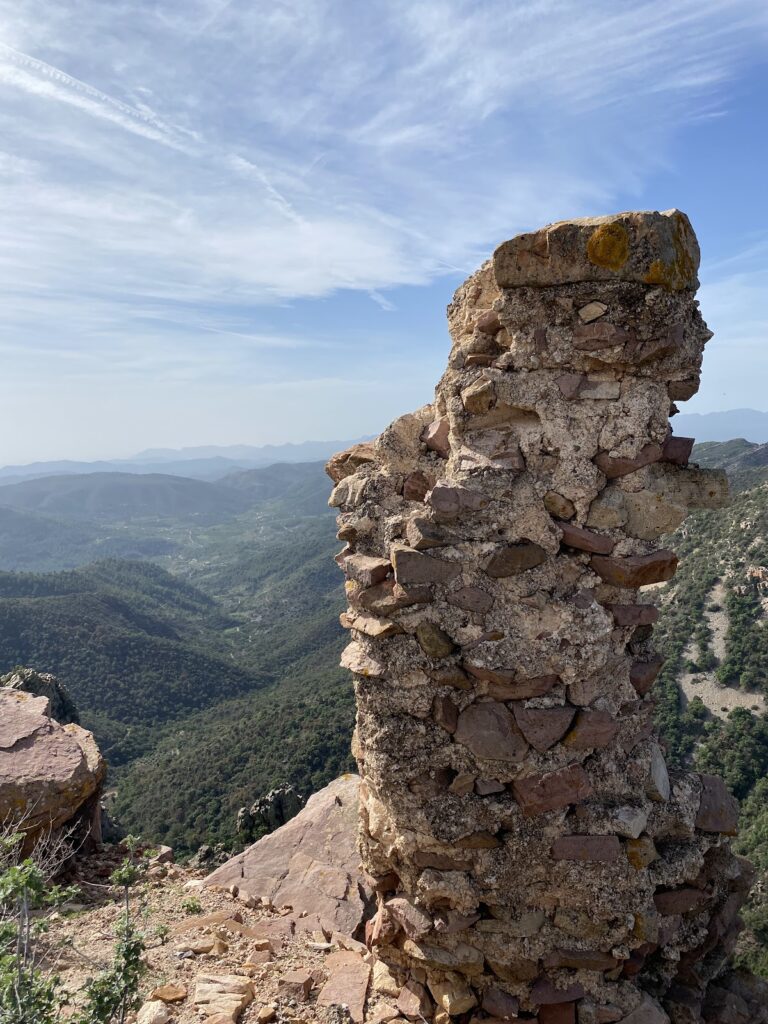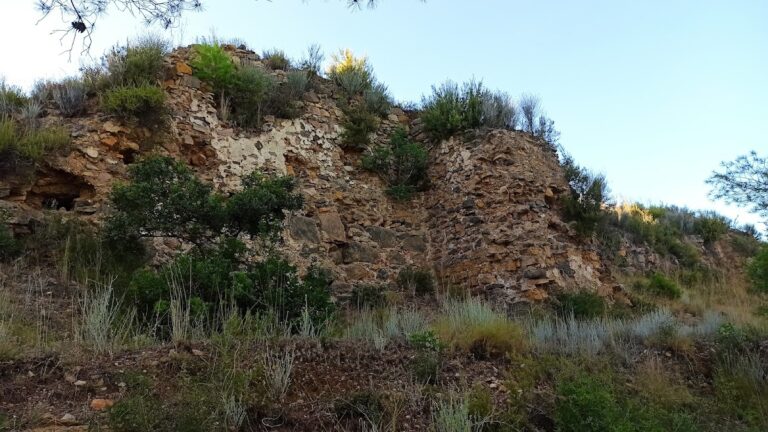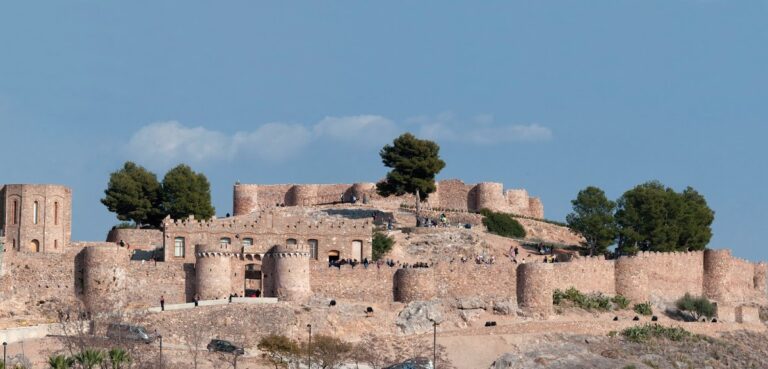Castell de la Rodana: A Historic Fortress Near Almedíjar, Spain
Visitor Information
Google Rating: 4.4
Popularity: Very Low
Google Maps: View on Google Maps
Country: Spain
Civilization: Unclassified
Remains: Military
History
The Castell de la Rodana stands near the town of Almedíjar in Spain, originally constructed by the Iberians. Its strategic position in the Sierra de Espadán made it a key stronghold from ancient times.
Following its Iberian foundation, the fortress saw continuous occupation by different cultures. The Romans settled there, leaving traces of their distinctive building techniques. Later, during the period of Muslim presence on the Iberian Peninsula, the castle was further developed, reflected in its architectural elements. After 1233, the town of Almedíjar became a refuge for Muslims fleeing the Christian reconquest of nearby Burriana, indicating the castle’s role as a place of sanctuary during turbulent times.
In 1238, after King Jaime I captured the region for the Christians, the castle was entrusted to Fray Bernardo de Bort, the commander of Alcalá of the Knights Templar. The order controlled the fortress until its dissolution in 1312. Ownership then changed hands through several noble families, including Bernat Serra, Siarno (also called Cyrano) de Fanfans, the Montcada lords, and eventually the Centelles family. This succession reflects the castle’s continued importance as a feudal asset.
A significant event took place near the castle in 1526 during the final suppression of the Morisco rebellion. The forces led by Alfonso de Aragón y Portugal, Duke of Segorbe, defeated the Morisco insurgents in these surroundings, marking the end of resistance in the area linked closely to the castle’s history.
Remains
The Castell de la Rodana exhibits an irregular and elongated shape that follows the contours of the rocky terrain where it is situated. This design merges with the natural landscape, utilizing the elevated rocky mound as a foundation and defensive advantage.
A notable feature on the northern side is a wall constructed in Roman style, built directly upon the rock base. This demonstrates the adaptation of Roman masonry techniques to the site’s natural features. On the southern flank, a well-preserved angled wall exemplifies Arab construction methods, revealing the multispectral origins of the fortress. These walls have stood the test of time despite the castle’s current ruinous condition.
Defensive measures include remnants of a double wall surrounding the structure, indicating layers of fortification to protect against attacks. The lower segment of the main tower still remains visible, hinting at its former prominence within the fortress. Foundations on the western side suggest the location of the original entrance, allowing controlled access aligned with the castle’s defensive layout.
From the heights of the castle, one can see the Castillet, a nearby defensive tower that once safeguarded inhabitants living in the valley below. This visual connection implies coordination between the fortress and surrounding settlements for the region’s protection.


